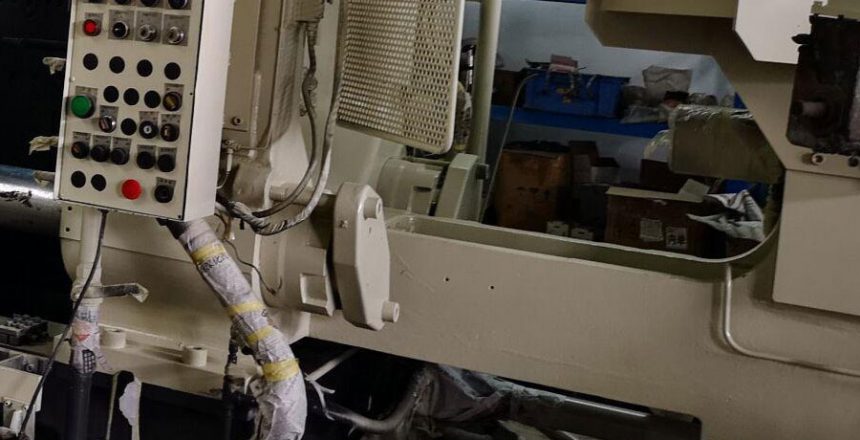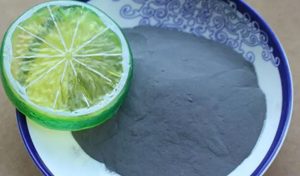In fact, the aluminum alloy die-casting process is a very complex process system, which is far more complicated than our intuitive view of the process flow chart. Now, let’s explain the principle of the die-casting process.
In fact, the die-casting process is a process that perfectly combines the three elements of die-casting machine, die-casting mold and aluminum alloy. When we die-casting, the metal will fill the cavity according to the pressure, speed, temperature, time, etc. Factors get a unified control process.
The general aluminum alloy die-casting plants on the market are conducive to high-pressure molten metal being pressed into a certain precision metal mold at a high speed, so that the molten metal will be cooled and solidified under pressure, and finally die-casting parts are formed. This is a common aluminum alloy die-casting process. There are two basic methods for the cold and hot chamber die-casting process. Well, this is the principle of the aluminum alloy die-casting process.
Next, we will talk about the anodizing treatment process. I believe everyone knows that after the aluminum alloy die-casting is formed, in order to increase the use time of the aluminum workpiece and increase the coefficient of wear resistance and compression resistance, an anodizing process will generally be done next. The treatment process, anodizing treatment process, and general oxidation processing plants on the market all use sulfuric acid electrolyte to facilitate electrolysis. The process of forming anodized film on the surface of aluminum alloy die castings is called aluminum sulfuric acid anodizing.


